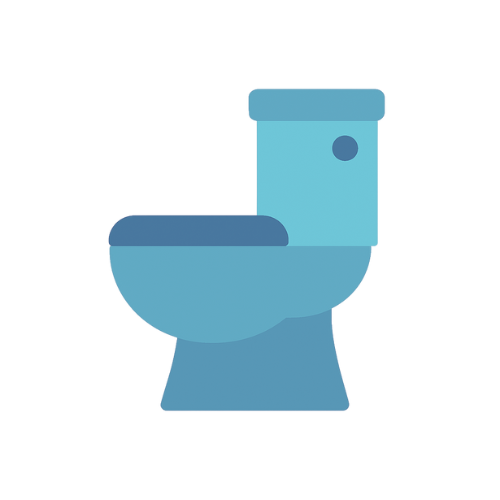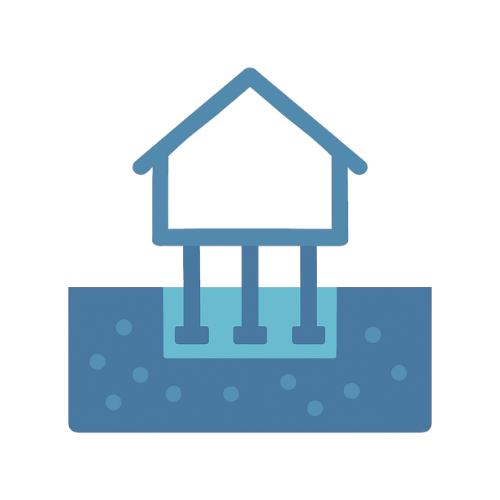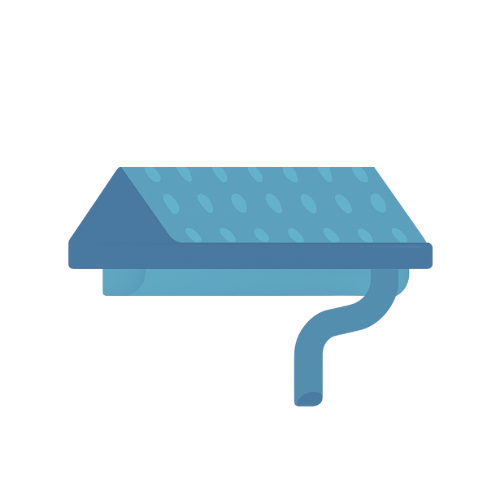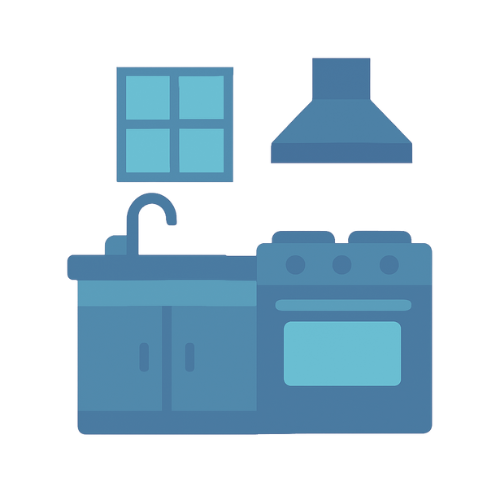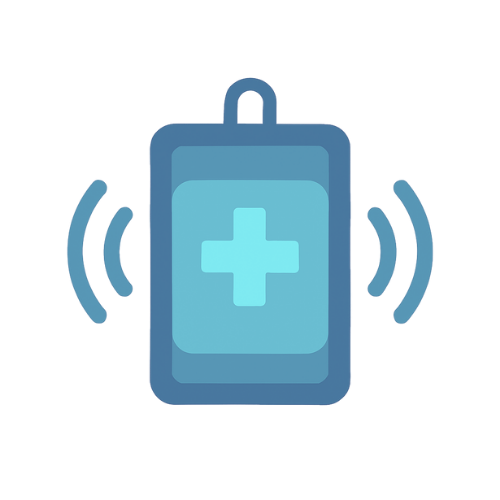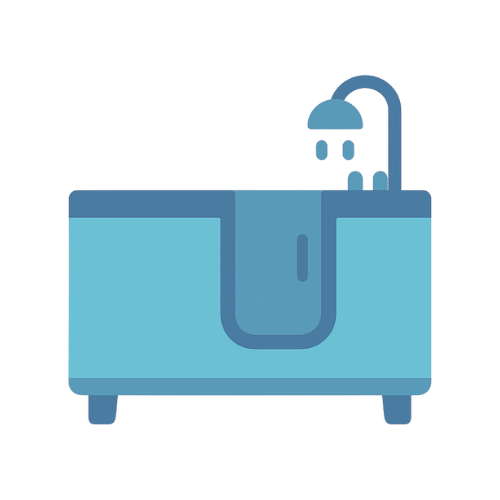Consider taking a moment to record your thoughts as a gentle reminder of how easily a pet can sway your resolve. You might find yourself saying, \”I\’ll never allow them on my favorite chair,\” and truly believe it, until you discover your furry friend curled up, looking irresistibly cute and innocent, prompting you to let them stay.
While dealing with the fur they leave behind can be a manageable inconvenience over time, it\’s the potential hazards that pose a greater concern. To protect your new puppy or kitten from household items that could cause harm or illness, it\’s important to identify and address potential dangers throughout your home.
Walk through each room of your home to evaluate potential hazards to your pet. Achieving a completely \”pet-proof\” home might not be feasible unless you\’re willing to part with certain items, but you can certainly mitigate many risks with proactive measures.
Pet-Proofing Your Home, Room by Room:
Room: Kitchen Key potential hazards: Food, cleaning supplies, and sharp utensils. Foods toxic to pets include chocolate, avocados, grapes, raisins, macadamia nuts, onions, garlic, and coffee.
Proactive measures:
Store food securely out of reach or covered. Consider composting food scraps rather than discarding them to prevent access. Use a garbage can with a secure lid to prevent pets from accessing food or packaging. Keep cleaning supplies stored in tall cabinets secured with childproof latches.
Room: Bathroom Key potential hazards: Medications and water (posing a drowning risk). Even vitamins and dental floss can be harmful if ingested.
Proactive measures:
Store medications in a medicine cabinet or locked cabinet, away from countertops. Ensure shower doors and toilet lids are always closed. Consider removing trash cans from the bathroom to eliminate temptation.
Room: Living and Family Room Key potential hazards: Cords, wires, and plants.
Proactive measures:
Bundle and conceal cords and wires to prevent chewing and potential electrocution. Elevate poisonous plants out of reach. Install covers over air vents to prevent accidents. Be mindful of small toys and game pieces that could pose choking hazards.
Room: Bedrooms Key potential hazards: Medications, wires, cords, jewelry, hair accessories, and shoes.
Proactive measures:
Keep bedroom doors closed when unsupervised to limit access to potential hazards. Store small objects out of reach, considering pets\’ jumping abilities. Avoid using mothballs or ensure they\’re safely out of reach.
Room: Basement and Garage Key potential hazards: Chemicals (such as pesticides and fertilizers), tools, and mulch.
Proactive measures:
Secure chemicals in locked storage cabinets. Unplug and cover tools, especially saws, when not in use. Store small items like nuts, bolts, screws, and nails in sealed storage bins. If you\’ve devised innovative ways to enhance pet safety in your home, we\’d love to hear about them at Experts in Your Home. Alternatively, if you\’re considering building an outdoor pet house, a project well-suited for our expertise, it can offer your pet protection from the elements while enjoying the outdoors.
